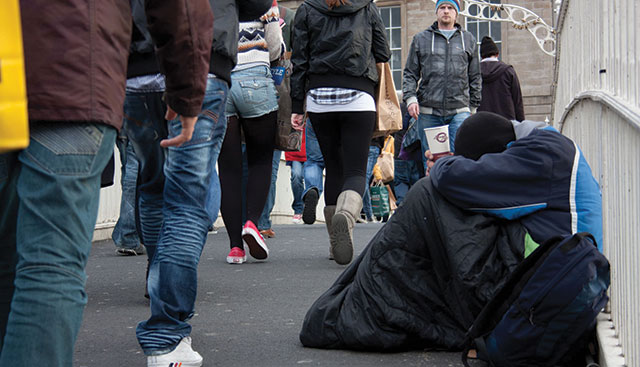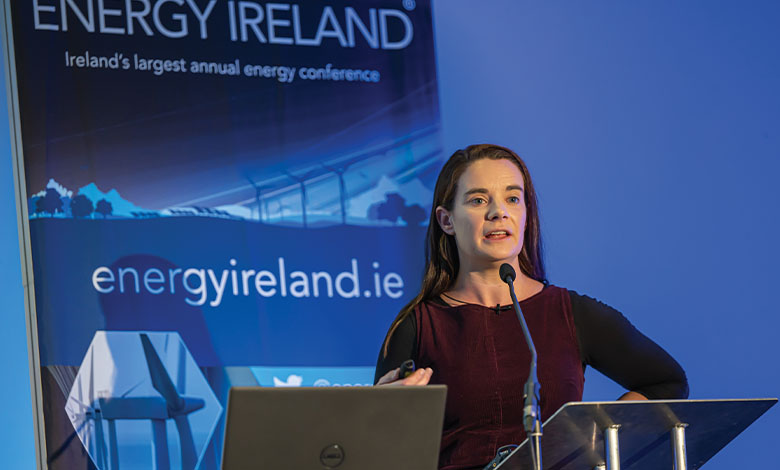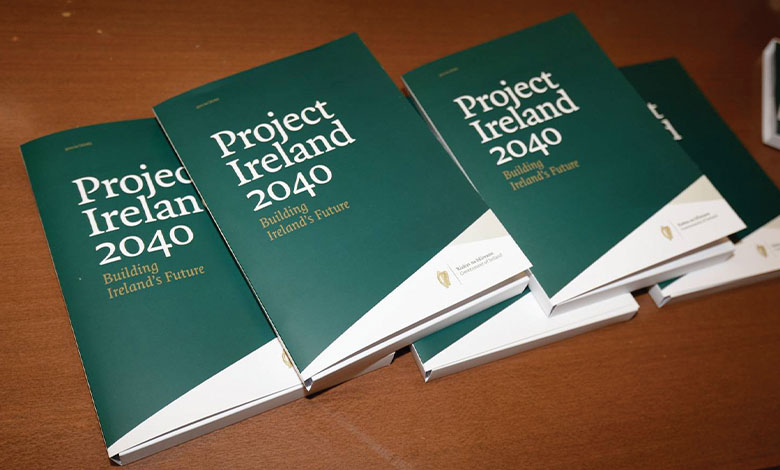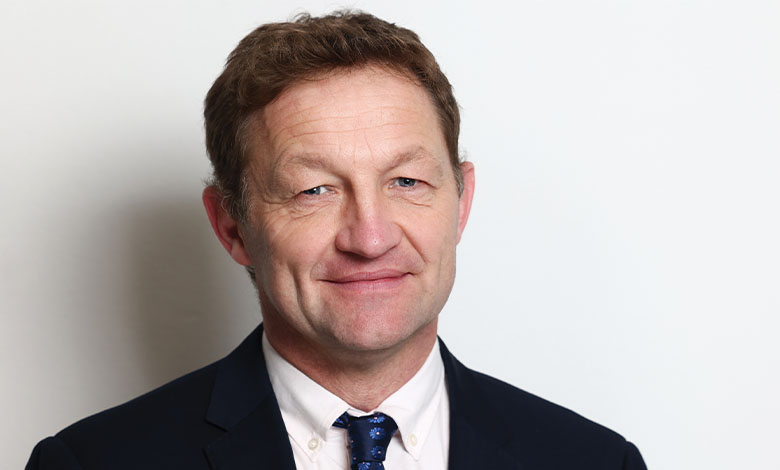
Social housing PPP programme
1st June 2016
Housing and homelessness committee’s priorities outlined
1st June 2016Addressing the problem of homelessness

An overview of the current level of homelessness in Ireland and what has been done to tackle the problem so far.
 Homelessness is a complex issue and there are many reasons why people can find themselves without a home both individual and structural. Broadly speaking, people who cannot provide themselves with somewhere safe and secure to live are experiencing some form of homelessness or are at risk of homelessness.
Homelessness is a complex issue and there are many reasons why people can find themselves without a home both individual and structural. Broadly speaking, people who cannot provide themselves with somewhere safe and secure to live are experiencing some form of homelessness or are at risk of homelessness.
Thanks to the economic downturn there has been a significant rise in the rate of homelessness across Ireland. The Department of Housing, Planning and Local Government accredit this rise to the housing shortage. The department states that the long-term solution to this problem is to increase the supply of homes, however the delivery of a large number of new housing units takes time.
With census 2016 data due to be published later this year the state’s most accurate statistics on homelessness at present is the Department of Housing, Planning and Local Government Homelessness report from February 2016. This data provides details of households accessing local authority managed emergency accommodation during the week 22-28 February but does not account for rough sleepers.
The department’s figures suggest that in February 2016 there was a total of 3,930 adults classified as homeless across Ireland. 2,339 of these adults are male, while 1,591 are female. The highest number of homeless people are located in the Dublin area with 2,692 adults in the area classed as homeless. The next area with the highest amount of homeless people are the South-East [Carlow, Kilkenny, Tipperary, Waterford and Wexford] and the South-West [Cork and Kerry] with both regions home to 260 homeless adults respectively.
Sorted according to age, the age group with the highest amount of homeless citizens is the 25-44 age group (2,374 adults). The majority of these homeless people are residing in supported temporary accommodation including hostels, with onsite professional support. 1,831 of Ireland’s homeless adult population use these facilities. Private emergency accommodation which includes hotels, bed and breakfasts and other residential facilities that are used on an emergency basis had 1,719 homeless adults residing in them during the week of 22-28 February.
Family homelessness is also a real problem and as of the week of 22-28 February, the department records a total of 912 families as homeless. In total there are 1,224 adults of which 600 are single parent families with a total of 1,881 dependents.
Homeless Dublin serves homeless people as part of Dublin City Council and in Q4 2015 recorded the largest number of adults accommodated in a quarter to date. The number of existing/repeat service users is increasing as people remain for more extended periods in emergency accommodation due to limited move-on options available in the region. However, the figures also suggest the homeless action plan is beginning to work as Q4 2015 saw the highest rate of movement to social housing since the start of 2014.
The number of rough sleepers has also fallen with a total of 91 people sleeping rough on the night of 30 November 2015. This is a decrease from the figure recorded in the spring of  2015 (105) and is considerably lower than the all-time high recorded in winter 2014 (168). However Homeless Dublin does admit that a single count only tells part of the story as rough sleeping is a dynamic solution whereby people can spend long periods sleeping rough or on a sporadic basis.
2015 (105) and is considerably lower than the all-time high recorded in winter 2014 (168). However Homeless Dublin does admit that a single count only tells part of the story as rough sleeping is a dynamic solution whereby people can spend long periods sleeping rough or on a sporadic basis.
While plans are in place to tackle the crisis, they will take time to deliver. At present the Peter McVerry Trust is supporting 100 people with a history of rough sleeping and homelessness to move into their own homes. To date the trust has successfully transitioned 50 rough sleepers into their own homes. Over the past number of years the number of families suffering from homelessness increased so significantly that the trust opened a 12 unit supported temporary accommodation to specifically house families.
Recognising the seriousness of this issue, the government has a range of measures in place to secure a ring-fenced supply of accommodation for homeless households and to mobilise the necessary supports. These measures have been identified in the Implementation Plan on the State’s Response to Homelessness. This plan represents a whole of government approach to dealing with homelessness and aims to provide 2,700 accommodation units for homeless people by December, including a minimum of 100 households for rough sleepers in Dublin and at least 1,950 renovated long-term vacant local authority housing units.
As part of this plan the government approved a programme of rapid delivery housing in October 2015. These initial homes will be for homeless families currently living in hotels, will carry an ‘A’ energy rating and will be delivered faster than any house building programme ever in the history of the state. Similarly, enhancements to the Dublin Region Housing Assistance Payment Homeless Pilot will see an increase in the rent limits available from 20-50 per cent above the rent supplement levels. The increased uplift will, it is hoped improve the competitiveness of HAP homeless households in the private rental market and increase their likelihood of transitioning to stable tenancies. At least 15 per cent of appropriate properties released by the NAMA process will be allocated to homeless persons and people from other vulnerable groups. Each homeless action team will have direct support from a community mental health nurse and a rigorous review of the available data on homelessness is also pledged.






